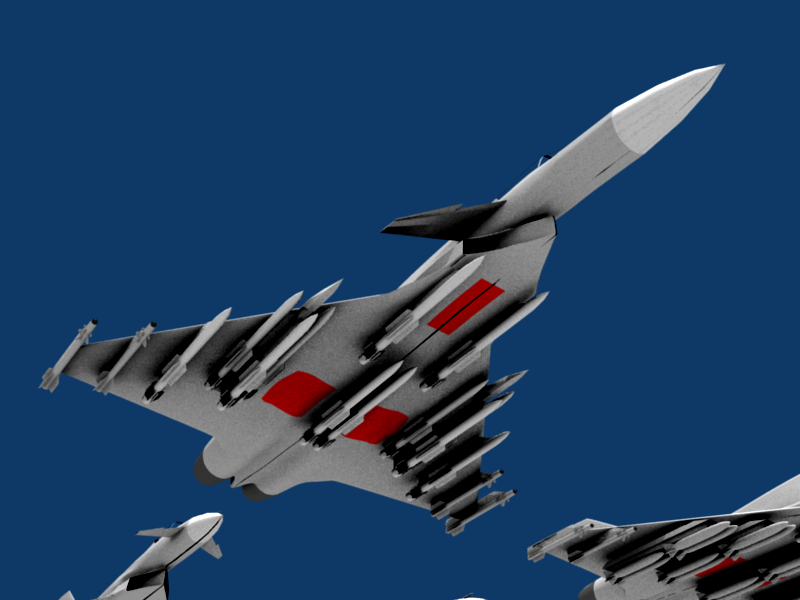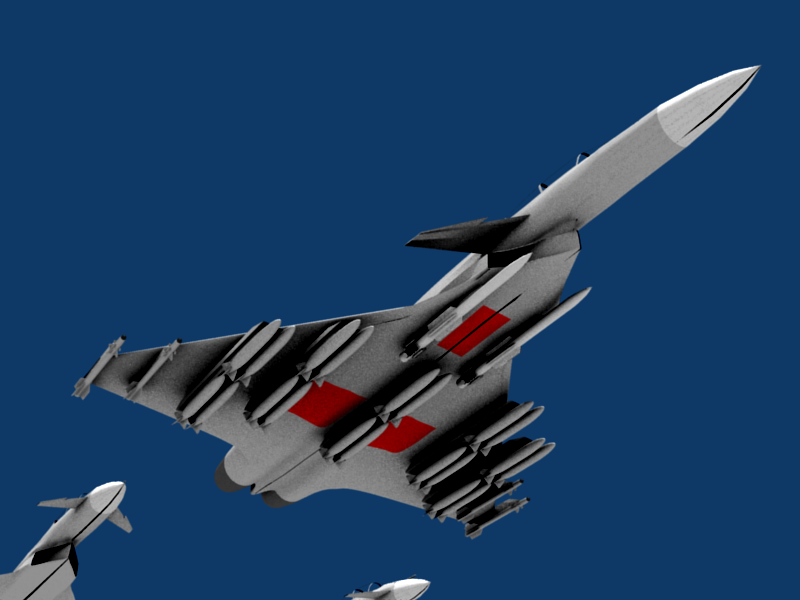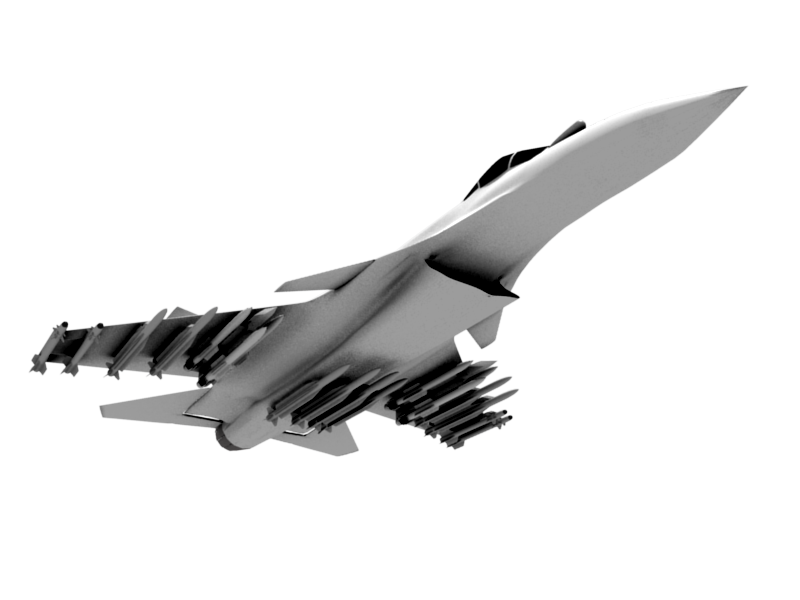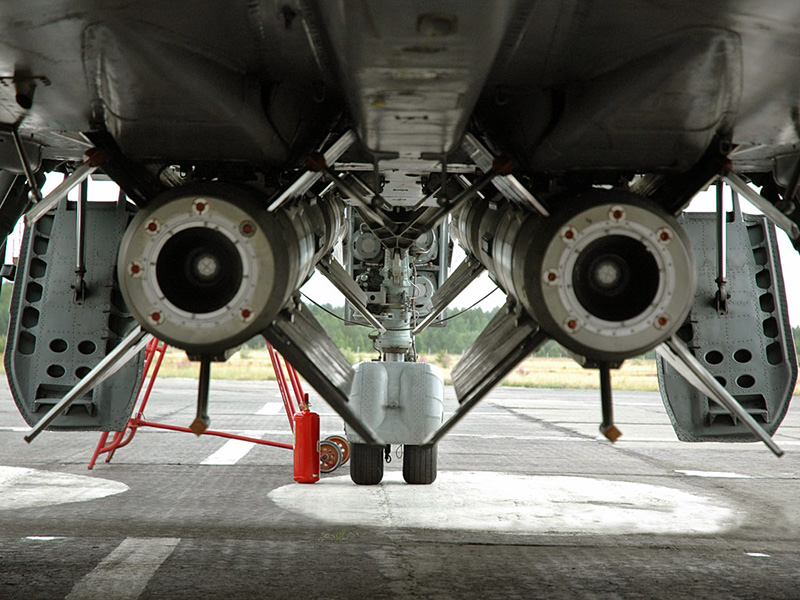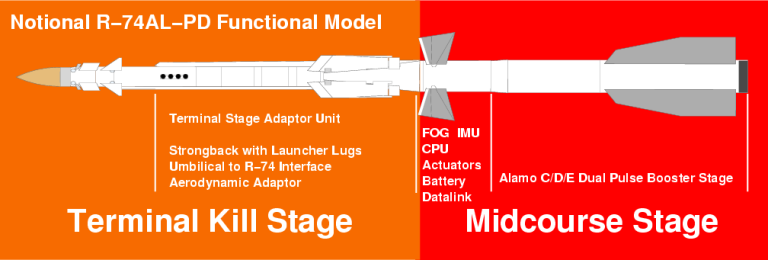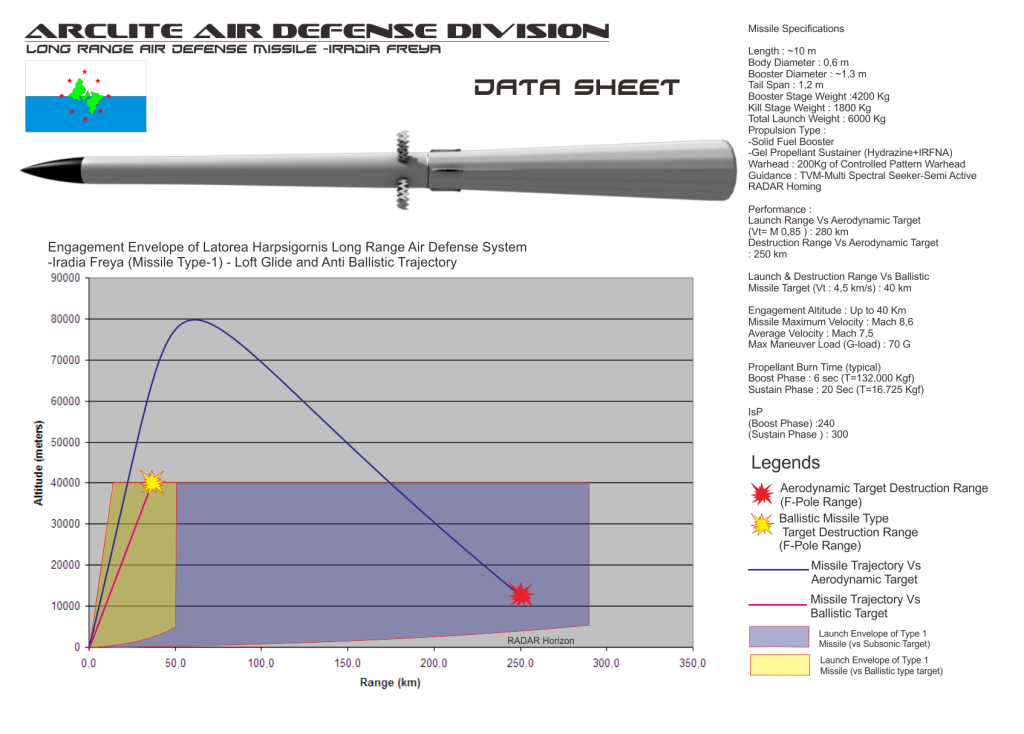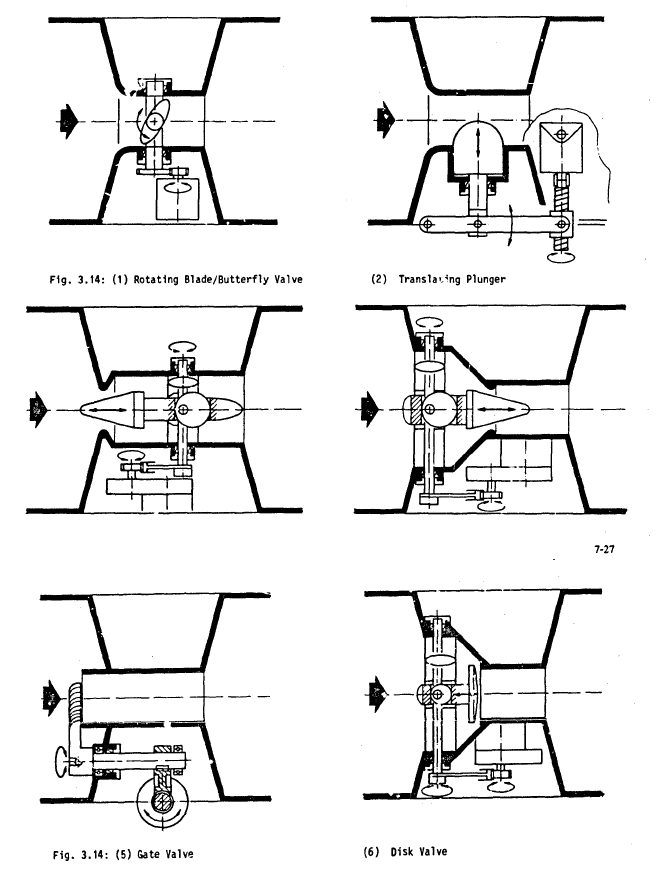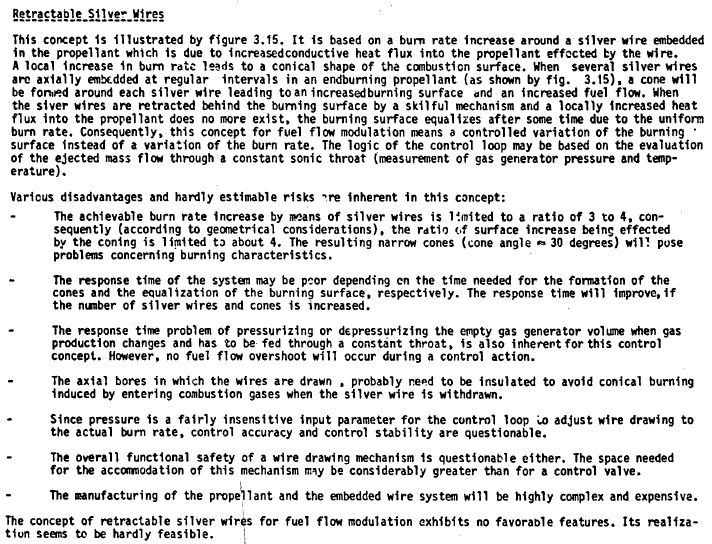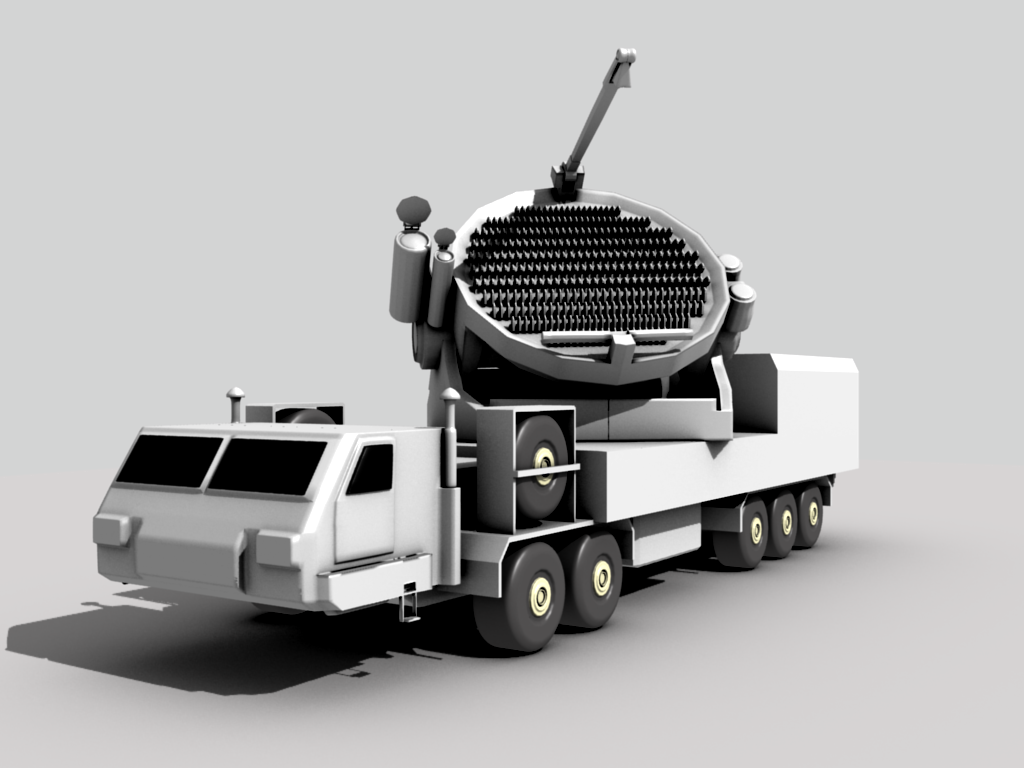I understand , well however the fighter might be placed in the "second
line" to stop any leakers passed through larger Interceptors .
Targeting pod may help, however i'm still doubt that it will work in any weather situation.
Actually I was thinking of the targetting pod for ground targets. For air to air targets it would of course use its nose mounted radar, plus off platform sensors like ground radar, AWACS, and of course it can be directed to those leakers by the larger aircraft.
I would expect that in cooperation with larger fighters the small cheap fighters would be deployed in front and they would use information passed on from the large fighters behind them to find targets without illuminating themselves. This will reduce the risk to the larger more expensive fighters while the smaller lighter aircraft will be safer if they don't use their own radars and fire their missiles based on targeting data from larger fighters further back. In such a role wing tip jamming pods and towed decoys plus lots and lots of AAMs would be the order of the day.
Think of an Su-30M using its superior radar performance looking for targets while Mig-29s operate closer to the enemy with their radars displaying target data from the Su-30Ms but with the Migs radar off, but also searching with IRST for targets. When an Su-30M detects an incoming threat it plots its course but instead of firing a missile it selects the closest Mig-29 and that Mig fires a missile and then changes position as fast as it can... the Su-30M can monitor the engagement and nominate other Migs to engage other targets.
From the enemies perspective they can operate in radar silence in which case they will detect the Su-30M but find missiles arriving rapidly and with plenty of energy. If the attacking force has AWACs support then the Su-30M will devise an attack on that.
This tactic maximises the use of the more capable larger Su-30Ms radar for the benefit of the Mig-29s and increases the chances of getting kills without risking the most valuable and expensive aircraft while giving the smaller cheaper aircraft their best chance of survival by allowing them to operate without emitting energy and betraying their presence.
And i'm don't really think that Conformal weapon bay would offer
clearance and capacity as conventional pylons, mechanisms required to
open the bay and to "hoist up" the missile should take into account too,
more missile inside the bay would means more mechanisms is required ,
thus the bay size would scale up accordingly .. and weight and wetted
area increase are inevitable .
Sorry, I wasn't clear... I am not talking about an internal bay.
Conformal carriage of AAMs is what I am talking about and the best Soviet/Russian example to date is the belly position on the Mig-31 for its AAMs. The R-33 and R-37 are very similar to the R-77 in the sense that they all have pneumatic arms built into the launch positions that actually throw the missile down and clear of the aircraft before the missiles rocket engine ignites and takes the missile away towards the target.
Here is a photo of what I mean:

Note in the photo above near the front of where the missiles are on either side of the front wheel the fuselage bulges to the shape of the pointed nose of the missiles (which are obviously not there at the moment).
This means that from front on the upper half of the missile is not visible because it is up in against the fuselage, which means the airflow going under the aircraft has to go around only the lower half of the missile, whereas a normal pylon mounted missile would have twice as much drag with the air going all around it. From a RCS point of view it also greatly reduces RCS because with a missile mounted on a pylon some radar energy will bounce between the missile and the hull of the aircraft and return to the emitter... slightly increasing RCS.

In these photos the top left photo you can see the pneumatic arm that forces the missile down and away from the aircraft at launch to ensure a clean separation is visible extended. The top right shows the belly missile position with the arm retracted. The second photo down from the left shows a front missile with the fuselage shaped so that the missile is half buried into the belly of the aircraft... this is conformal carriage.
The other photos include the huge wing mounted R-40TD long range IR guided missile the Mig-31 can carry, and the tiny R-60M missiles it can carry to. There are also pictures of the IRST in its deployed and retracted position.
The R-40TD is carried for use against the SR-71 for high speed head on intercepts, while the R-60Ms are intended for use against any cruise missiles enemy bombers might have launched before they were brought down with R-33s.





 The total weight of this array (if arranged on the T-72's glacis) is about 1.8 tonnes. The cost I got is very inaccurate as I used Stock prices for the various materials, but the array costs at least $100,000 USD. My preliminary Protection estimates puts each 50 mm Enhanced Spaced NERA at at least 500 mm RHAe v.s. HEAT. The SiC/DU and HHS sandwich should only add to that rating.
The total weight of this array (if arranged on the T-72's glacis) is about 1.8 tonnes. The cost I got is very inaccurate as I used Stock prices for the various materials, but the array costs at least $100,000 USD. My preliminary Protection estimates puts each 50 mm Enhanced Spaced NERA at at least 500 mm RHAe v.s. HEAT. The SiC/DU and HHS sandwich should only add to that rating. 
